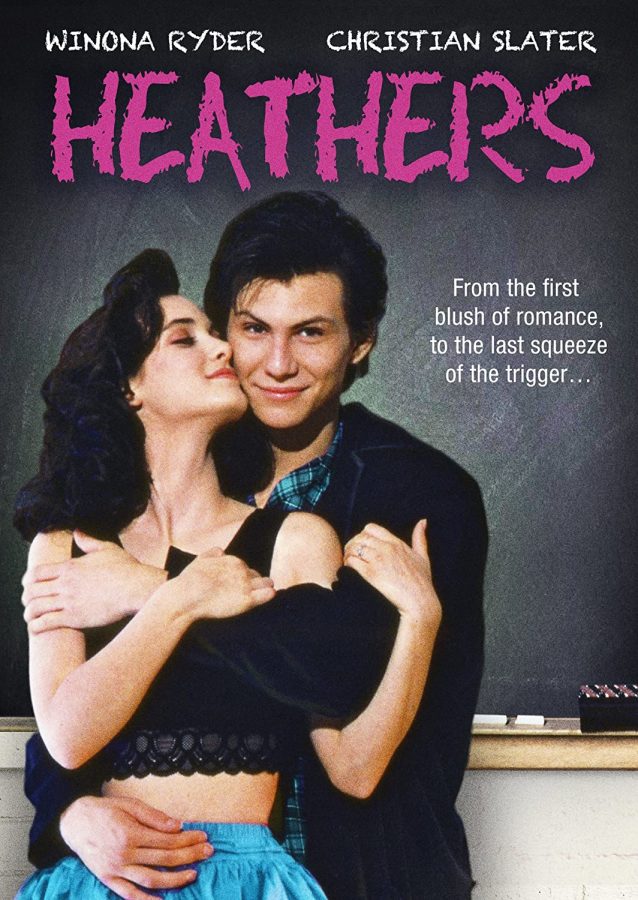It’s time to revise thinking about `chick flicks’
June 4, 2021
When people try to name the best dark comedy films, few would think to name 1989’s Heathers, but why is that?
Heathers falls victim to the term “chick flick,” which is a term used to group any film with a female lead and is targeted at women, typically teenage girls. Many people, typically men, think that these films are not complex or watchable enough. These presumptions show how men see young women as shallow and unintelligent.
When the film industry started gaining popularity, men assumed that women were not able to enjoy the intricate and heavy films of the time, so “chick flicks” or “women’s pictures,” were produced.
As time went on, many used the term to categorize any film targeting a female audience. Dark comedies like Heathers, adventures like Themla and Louise, and comedies like Clueless were all put under the umbrella term of “chick flick,” which automatically made men look down upon the films due to the “negative” connotations associated with the phrase.
The creation of this category of film directly reflects how many think of teenage girls. Nowadays, it is popular to hate on anything that teen girls like and to shame them for liking it. Besides chick flicks, many people hate on girls’ love of bands, TV shows, and fashions.
Once it was realized how profitable these films were, Hollywood tried to capitalize on the “genre” with a host of new movies. Unfortunately, these films were horrible, shallow, and were not well received.
All About Steve, Swept Away, and Bride Wars were all terribly received overall. These films had female characters throwing themselves at subpar men and made their whole personality about them.
These films appeal to the patriarchal dream of submissive women centering themselves around the men in their lives.
So what makes a good “chick flick”?
Legally Blonde is an excellent example of what the “chick flick” genre has to offer. Though it starts out with the main character, Elle Woods, going to law school for a man, the film shows her progression and how she becomes a confident and successful young woman, despite what everyone else thought of her.
The Devil Wears Prada is also an excellent film that shows a young woman learning to love her career while lacing in trendy fashion. It gives a great message out to the viewer, and it doesn’t make the main character’s personality revolve around a love interest.
An excellent film that explores the complexity and effects of high school popularity is Mean Girls. At first glance, the film may seem like a quick cash grab that makes its main character, Cady Heron, a boy crazy teenager, but the film is much more complex than that. It shows how popularity changes people and gives a good message of not changing yourself for others.
All of these films have meaningful messages that resonate with multiple people, but since they are put under the umbrella term of “chick flick,” many people hate them without watching.
They have complex female characters and build female friendships within their own films. Instead of two women fighting over a man, they explore the idea that neither of them needs an average guy to be complete.
One of two things need to happen with the “chick flick” genre. It either needs to be obliterated entirely, with the films placed into proper genres, as how films targeted at men are. Or people need to realize that “chick flicks” are just as heartful and complex as other films.




